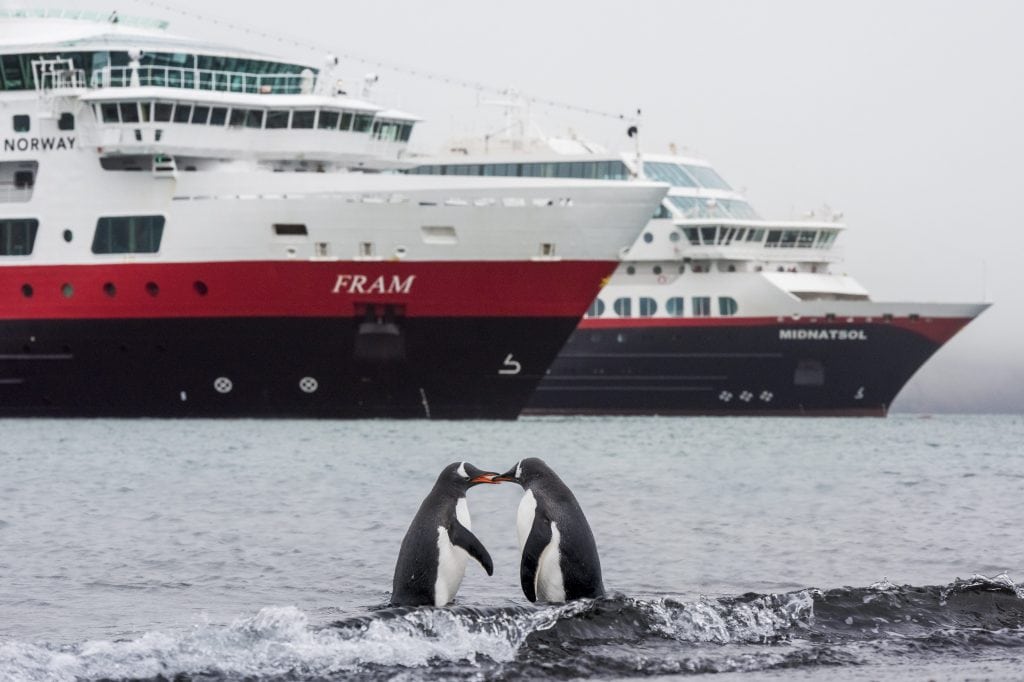Expedition Cruise CEOs Expect Prices to Fall as Sector Booms

Skift Take
Expedition cruising doesn't get as much attention as mass-market operators that boast of multiple restaurants and flashy water slides. But the sector is growing, and that presents opportunities as well as challenges in catering to travelers who are seeking once-in-a-lifetime experiences.
As high-end travelers seek ever more boast-worthy experiences, the leaders of expedition cruise companies believe they have just the ticket.
"Traveling has been commoditized," said Daniel Skjeldam, CEO of Norway-based Hurtigruten. "That is what's driving the interest for expedition cruising. It's the desire to do something and go somewhere where the rest of the pack is not going."
Hurtigruten, which is making a larger push into the U.S. market, has a couple of new hybrid ships under construction to bring its fleet to 16. Ponant, a French luxury expedition line that is also trying to draw more American guests, is building six new ships and a hybrid cruise icebreaker for a total fleet of 12. Lindblad Expeditions has a polar ship on order. And late last year, Celebrity Cruises announced an order for a new vessel dedicated solely to the Galapagos Islands. Most of the ships, all quite small, are expected to arrive in the next couple of years.
During a panel discussion earlier this month at the Seatrade Cruise Global conference, Skjeldam and other expedition executives
